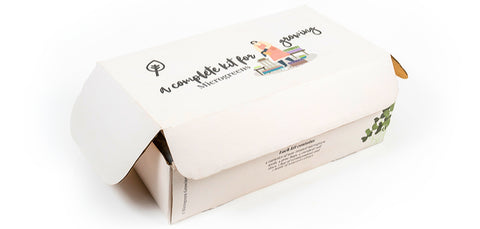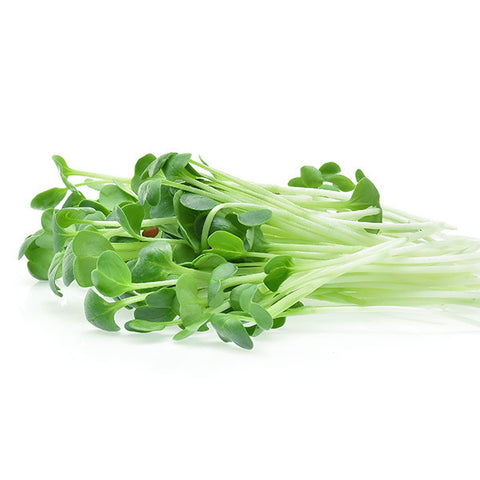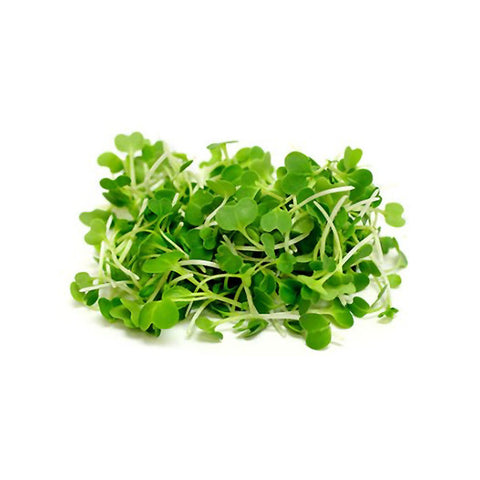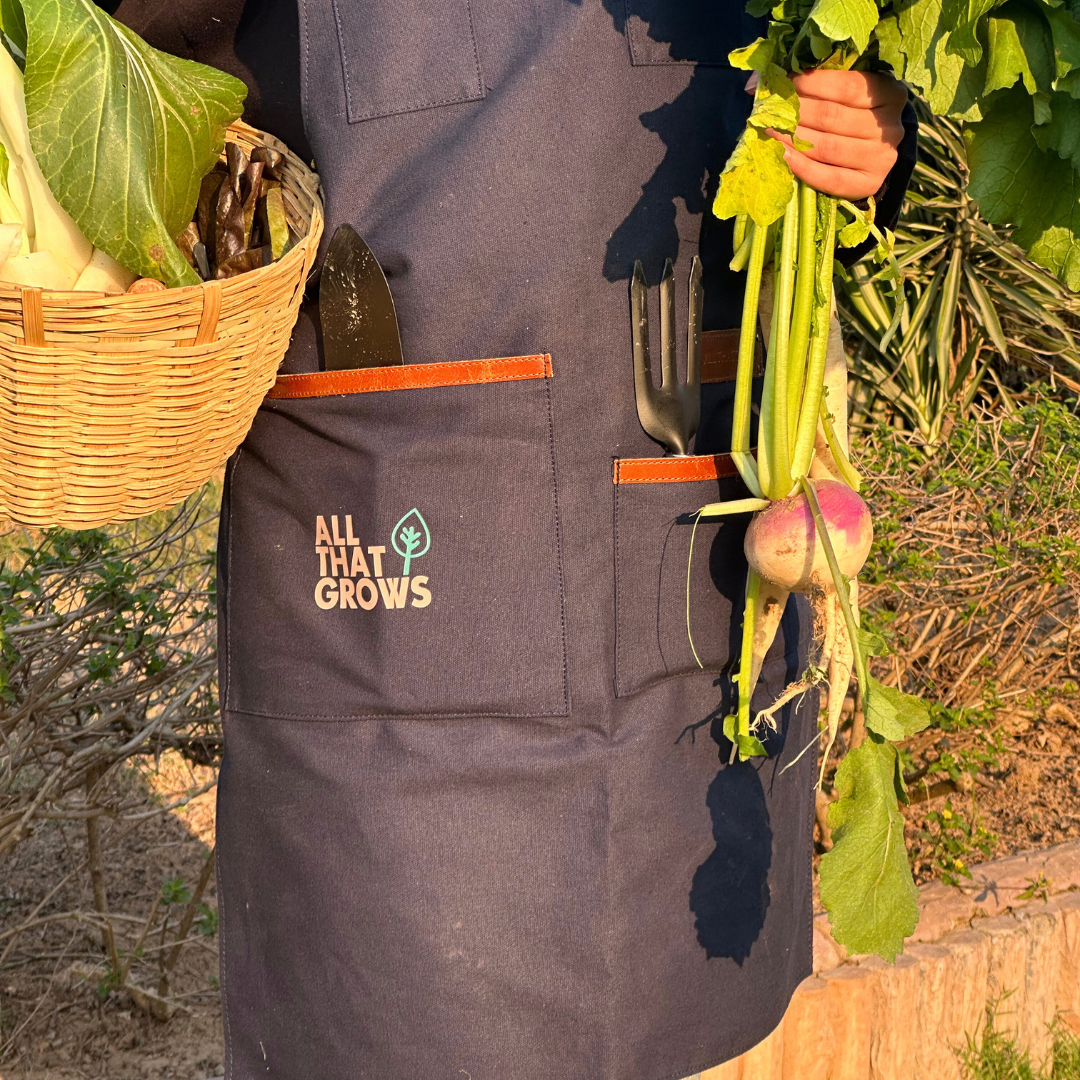Succession Planting Microgreens: Harvest Fresh Greens Every Day
Previous PostBy now, we think most of the visitors on our website are aware of the scores of benefits of adding microgreens to one’s daily diet. So, how does one ensure consistent supply of fresh microgreens without overpaying for them on quick commerce?
The answer lies in an age old gardening method called Succession Planting.
Succession planting is a smart and simple method where you sow new trays of seeds at regular intervals. Once you master this flow, you’ll always have trays ready to harvest, while others are just sprouting.
What Is Succession Planting and Why It Works for Microgreens

Succession planting means sowing seeds in small batches every few days instead of all at once. This technique keeps your growing cycle continuous. For microgreens, it ensures that while one tray is maturing, another is already germinating. It’s the easiest way to maintain a consistent harvest without overcrowding your space or overwhelming your schedule.
Understanding the Microgreen Growth Cycle

Most microgreens, like radish, broccoli, mustard, or sunflower, reach harvest size in 7 to 14 days. Mapping the varieties you grow to this cycle helps you know exactly when to start new trays.
- Fast growers (7 days): Radish, Mustard, Cress, Pak Choi
- Medium growers (10 days): Broccoli, Kale, Arugula
- Slow growers (14 days): Sunflower, Beet, Basil, Peas
By scheduling sowings according to these growth times, you can enjoy a seamless harvest cycle every week. You can also choose varieties based on taste - peppery, nutty, or mild - to add variety to your daily meals.
How Many Trays Do You Need?

The number of trays you use depends on how much you consume and how frequently you want to harvest.
- 3 trays: Ideal for beginners; sow one every 3 days.
- 5 trays: Perfect for families or salad lovers; sow every 2 days.
- 7 trays: For serious growers or daily consumers; sow one tray per day.
With a well-planned rotation, at least one tray will always be ready for harvest while others are in different growth stages.
Creating a Weekly Seeding Schedule

A staggered start schedule keeps your microgreens growing continuously without overlap or shortage. Here’s a simple plan:
- Day 1: Sow tray number 1
- Day 3: Sow tray number 2
- Day 5: Sow tray number 3
- Day 7: Harvest tray number 1 and sow a new batch
This pattern repeats weekly, keeping your greens on a predictable rotation. Use a marker or label on each tray to note the sowing date for easy tracking.
Quick 2-Minute Daily Seeding Routine

A consistent daily routine is the key to success. All you need is:
- Non-treated seeds
- Seed trays with drainage
- Organic potting mix or cocopeat
You can also order our Complete Microgreen Growing Kit to grow 4 different varieties of microgreens at home. It has reusable microgreen growing trays in sustainable fabric which can be kept for years. Once you run out of seeds, just order and experiment with other varieties from our collection of non-treated microgreen seeds and keep your microgreen supply going.
Each morning or evening, spend just two minutes sowing a new tray - spread the seeds evenly, mist them lightly, and place them in a warm, bright spot. Once the trays are established, water gently every day until harvest.
Harvesting on Rotation: Cut One, Sow Another

Succession planting is all about consistency - when one tray is ready to harvest, another should be at mid-growth, and a new one just sown. Use clean scissors to cut the greens just above the soil line. After harvesting, compost the used soil and reuse the tray for the next batch. This circular system saves time and ensures you always have fresh, nutrient-rich greens on hand.
With a little planning with us, you can change your kitchen window or balcony into a mini microgreen garden. Succession planting not only ensures a continuous supply of fresh greens but also keeps you connected to the growing process every single day. Once you start this cycle, you’ll never want to buy store-bought microgreens again.
Happy gardening!




















Leave a comment